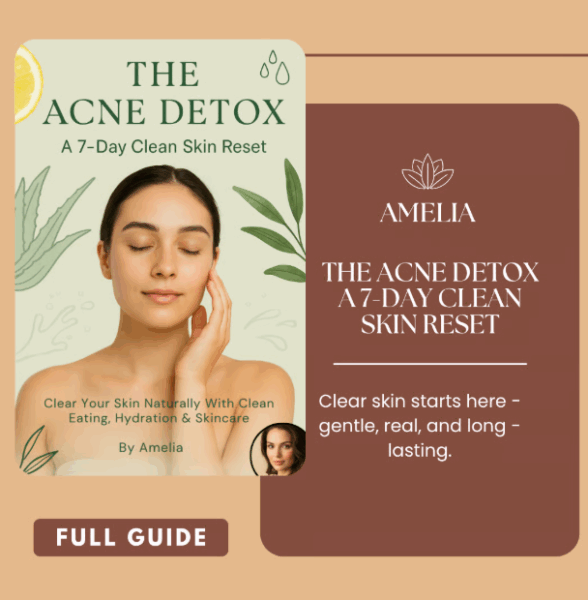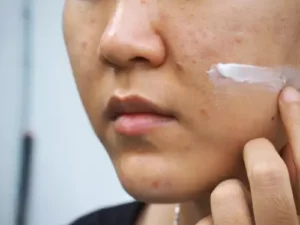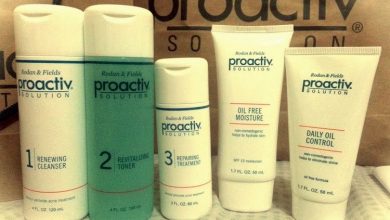12 Strategies to Tackle Acne
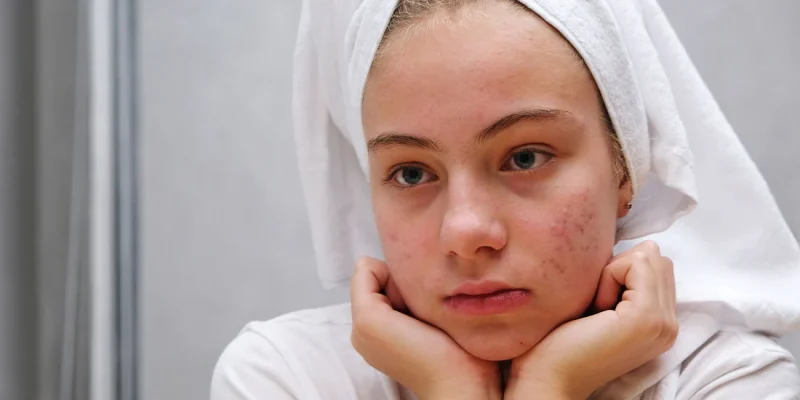
Unwanted blemishes don’t discriminate — they can plague anyone, from teenagers to seasoned professionals.
While acne may not pose a serious health hazard, its impact is felt strongly in the emotional and social realms. Often, those battling acne experience diminished self-confidence, which can spill over into their social engagements or even productivity in professional environments.
The key to keeping acne in check is learning how to ward off breakouts before they take root.
What causes my acne?
Acne manifests as an inflammatory skin condition triggered by one or more of the following factors:
- Clogging of hair follicles
- Hormonal fluctuations prompting excess oil production
- Bacterial infections sparking inflammation
Acne severity spans from simple blackheads and whiteheads to more severe cystic formations.
Nearly 85% of individuals aged 12 to 24 encounter acne. Why some endure severe breakouts while others manage to escape with barely a blemish remains elusive, though genetics and environmental factors play undeniable roles.
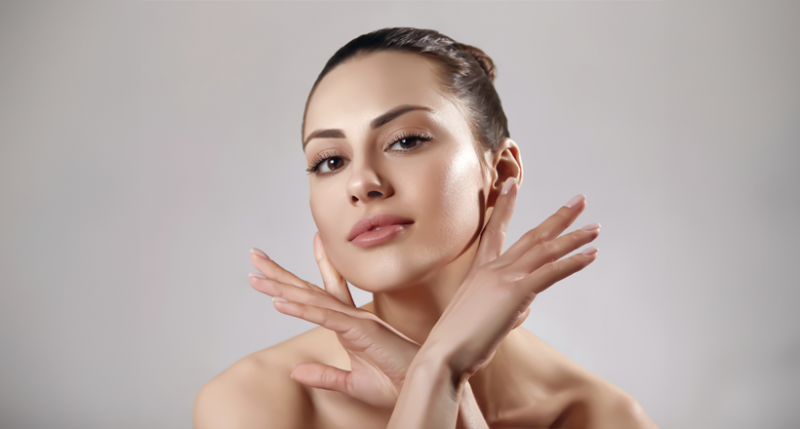
You may be interested in: Sugar Defender Review 2024, Balances Blood Sugar Levels Naturally
The path to clearer skin
All acne treatments center around curbing inflammation and preempting breakouts before they surface.

Dermatologist Claudia Hernandez, MD, of RUSH University Medical Center, offers these 12 actionable tips to guide you toward clearer skin — and help banish blemishes when they do arise:
- Maintain a clean face.
Cleanse your face once or twice daily using a benzoyl peroxide-based face wash. This helps reduce inflammation and combats the bacteria associated with acne formation. Ensure you thoroughly remove makeup and impurities to prevent pore blockages. Note: In rare cases, benzoyl peroxide may cause allergic contact dermatitis. Discontinue use if you develop a new rash. - Skip the washcloth…
Opt for your hands when cleansing your face, and gently pat your skin dry with a clean towel rather than rubbing. Vigorous scrubbing can exacerbate acne. - …and steer clear of exfoliating brushes.
Despite commercial claims, exfoliating brushes can aggravate acne by fueling inflammation and promoting more breakouts. - Prioritize a wholesome diet.
Although no definitive link between chocolate, greasy foods, and acne has been proven, research published in the Journal of American Academy of Dermatology suggests reducing sugar and carbohydrates may diminish breakouts. Keep a food journal to identify potential triggers and aim for an overall healthy diet to benefit your skin. - Tend to your hair.
If you have oily hair, frequent washing may be necessary. Keeping your hair clean and away from your face can prevent forehead and facial breakouts. Certain hair products, particularly pomades and gels, may exacerbate acne, so consider scaling back if you notice acne near your hairline. Bonus tip: Headbands covering your forehead can trap sweat and encourage breakouts. - Shower post-workout.
Sweat lingering on your face can harbor acne-causing bacteria. For body acne, incorporate your benzoyl peroxide wash in the shower. But be cautious — peroxide can bleach fabrics, so stick to white linens and dry off completely before dressing. - Choose facial-specific moisturizers and sunscreens.
Body lotions can be too heavy and clog your pores. Look for non-comedogenic products with glycerine and hyaluronic acid to keep your skin moisturized without worsening acne. Always wear sunscreen to protect your skin. - Use oil-free, water-based makeup.
Makeup can be both a friend and foe in your acne battle. Heavy, oil-laden products can worsen breakouts. Opt for water-based, hypoallergenic, non-comedogenic, and oil-free makeup. Mineral-based cosmetics with ingredients like silica, titanium dioxide, and zinc oxide help absorb oil and reduce redness. - Handle facial hair removal with care.
When shaving, use an electric razor and move downward to avoid irritating blemishes. Regularly clean the blade and shave in the direction of hair growth. Hair removal methods like waxing and threading can cause irritation or acne, so proceed with caution. - Resist touching your face.
Each time you touch your face, you transfer oils and dirt. It’s a tough habit to break but vital in preventing acne. Be sure to wash your hands frequently to keep them clean. - Never pop or pick at pimples.
Popping pimples only increases inflammation and raises the risk of scarring. - Change your bedding weekly.
Dirty sheets can transfer oils and bacteria to your skin. Pay special attention to your pillowcase, as this is where your face rests.

When should you seek professional help?
Sometimes, no matter how diligent you are, acne persists. In such cases, seeking professional guidance from a dermatologist is essential. Here are situations that warrant medical intervention:
- If your child, younger than 8, develops acne, consult a pediatric dermatologist. This may signal early puberty and necessitate further evaluation.
- If your acne shows no improvement after 6 to 8 weeks of over-the-counter treatments, it’s time to see your primary care doctor or dermatologist.
- Moderate to severe acne requires a personalized treatment plan, designed by a dermatologist based on the type and severity of your condition.
- If scarring is a concern, a variety of treatments — from laser therapy to chemical peels — are available once the acne is under control.
Be patient
Improvements don’t happen overnight. Many treatments require a minimum of three months before results are noticeable. The upside? Numerous treatment options exist, so if one approach doesn’t yield results, your dermatologist can explore alternatives.
These strategies, though simple, can pave the way to clearer, more resilient skin.


